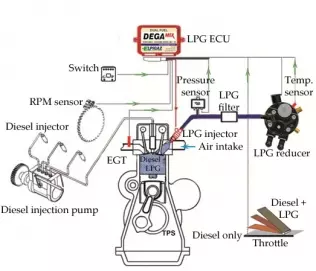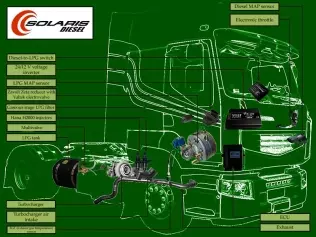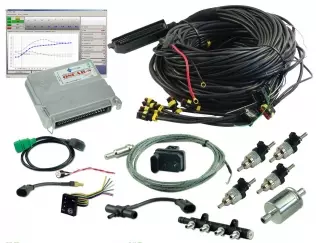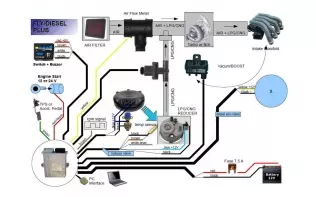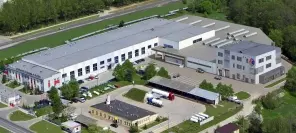- Main page
- Search
- Up to date
- Products
- Technology
- Vehicles
- Video
- Conversion Payback Simulator
Port Injection - Conversion Payback Simulator
Direct Injection - Conversion Payback Simulator
Diesel - Newsletter
A self-sufficient market
 loading results...
loading results...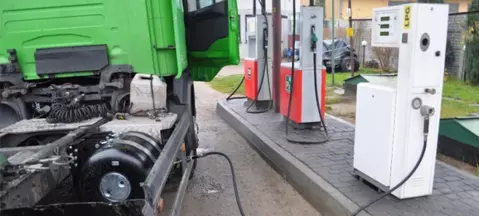 © Elpigaz
© Elpigaz Not that long ago everybody – ouselves included – used to believe that if you want to escape high petrol prices, you either go diesel or LPG, with no middle ground or room for compromise. Then we learned that over in Australia and New Zealand they had been mixing diesel and autogas for years, apparently to astonishing results. Interesting, we thought, but does it pay off? Fuel price relations soon made it economically reasonable (when diesel prices soared to petrol price levels and better fuel economy suddenly proved not good enough anymore), at least for high-mileage, heavy duty oil burners.
A converted diesel vehicle does not use LPG quite the same way a petrol one does. A petrol car displaces its fuel entirely in favour of autogas and only needs small amounts of its original „juice” to warm up. Then it switches to LPG and needs no petrol until it runs out of the cheaper alternative. For diesel it is a different story – the fuel self-ignites and thus cannot be replaced with any fuel which needs a spark plug. Where there is a will, there is a way, so a converted diesel uses a relatively small portion of autogas injected into the original air-fuel mixture. It self-ignites just like any old diesel, but there are numerous advantages. First of all, oil plus autogas is cheaper than oil alone. Secondly, there is a gain in power and torque, so the driver applies less pressure to the accelerator pedal and improves fuel economy. Last but not least, there are fewer emissions.
That said, let us proceed to a review of the Polish market. There is a variety of systems to choose from, some of them already popular with truck fleet operators. No wonder why – transport companies are inreasingly cash-strapped in these hard times, so saving the equivalent of a driver's salary (or more) is definitely a relief. Sit back, relax and read closely – you are bound to hear about these in the future!
Elpigaz DEGAmix
The DEGAmix (diesel and gas mixture) system is relatively simple and looks – from a technical point of view – like a combination of a traditional vacuum system and sequential LPG injection. Vapourised autogas is injected by two injectors into the intake manifold, before the turbocharger. The engine thus works as usual, but „inhales” air with autogas instead of just air. DEGAmix has its own ECU, which uses an engine load signal to calculate LPG portion. To ensure engine safety and durability, autogas ratio never exceeds 33 per cent and if the temperature of exhaust fumes exceeds 600 degrees Celsius (which means the air-fuel mixture is over-rich), the LPG system shuts down. The system only needs maintenance once every 50 thousand km.
Car-Gaz Solaris Diesel
Basically, this system is similar to the DEGAmix. It uses various data from a working engine (load, rev speed and exhaust temperature signals) to calculate (in the system's own ECU) the portion of LPG injected into the engine's intake system. The additional fuel is also applied before the turbocharger by means of two injectors. Exhaust gases temperature is constantly monitored to prevent engine failure and ensure longevity comparable to regular diesel. The Solaris Diesel is said to cut the running costs by 10-25 per cent, while it also offers a 10-30 per cent performance boost. This might seem moderately attractive, but remember a semitrailer truck has annual mileage of 100 thousand km or more, so it pays back in virtually no time.
Europegas Oscar-N Diesel
This system is said to replace as much as 50-60 per cent of diesel fuel with autogas (or compressed natural gas). Diesel fuel acts primarily as a self-ignition agent and the engine effectively runs on LPG/CNG, at the same generating higher torque (by up to 30 per cent) and cutting fuel costs by 20-25 per cent. The main difference between the Oscar-N Diesel and other systems available today is that here autogas is applied after the turbocharger (if there is one) and there is one injector per cylinder (the manufacturer recommends to locate injectors as close to the engine head as possible), which means autogas is evenly distributed. Single-point injection is also possible. This system also protects the engine from over-rich mixtures and knocking.
Autogas Dual System Fly Diesel Plus
This is one of the latest additions to Polish diesel-gas market. It stands out technologically as it uses a stepper motor (an autogas dispensing device typical of 2nd generation autogas systems) instead of injectors. Otherwise it is quite typical (for a diesel-gas system, that is) and already available for all sorts of oil-burning engines, preferably heavy duty ones.
The above four systems are already out there, but soon they will have to defend themselves against a wave of newcomers. Companies including AC, Auto-Gaz Centrum, KME, Stener and LPGTECH declare their own diesel-gas mixing systems are in their final stages of development and will be launched in near future. Apparently fans of diesel and autogas will have to accept the fact that cooperation is more effective than fighting each other.
Zobacz stronę producenta:
ElpigazYou may also find these interesting:
 loading results...
loading results...
